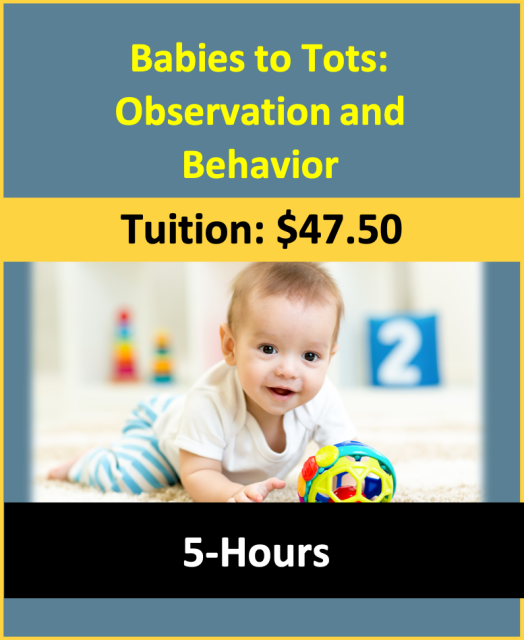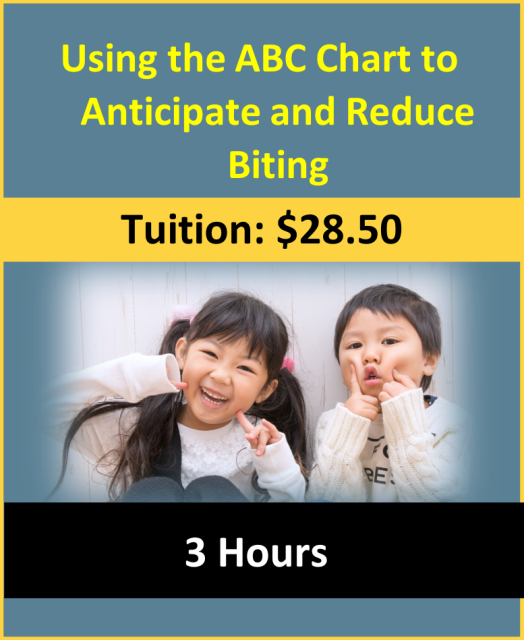Watermelon Sensory Bag
Caution:
This sensory bag should be provided with supervision. Do not place the bag in a crib, or playpen.
Check the back for tears, or leaks each time before allowing the child to touch the bag. Don't allow the child to bite the bag.
This sensory bag should be provided with supervision. Do not place the bag in a crib, or playpen.
Check the back for tears, or leaks each time before allowing the child to touch the bag. Don't allow the child to bite the bag.
Lesson Plan:
|
Activity:
Watermelon Sensory Bag Lesson plan developed by Ms. Erika Geelhoed, BA Ed Age Group:
* Lesson plan objective and assessment can be adapted to use this activity with mobile infants or toddlers.
Objectives:
Children will:
II.5.1a
|
|
Materials:
Procedure:
|
Assessment:
- Observe and record the children’s reactions to the sensory bag. Were they curious about it? Did they try to move the “seeds” around? How are their fine motor skills developing?
Note: Please provide appropriate supervision to the children in your care when completing all activities. You will need to decide what types of activities are safe for the children in your care. Appropriate and reasonable caution should be used when providing art and sensory experiences for children. Infants require special caution, only use non-toxic materials, and do not allow infants to put things in their mouths that are a choking hazard.
Click on the course icon for enrollment information.
Ways Teachers Facilitate Learning
Infants and toddlers are constantly moving, thinking, communicating, and feeling. In other words they are learning all the time in many different and integrated ways. The way adults express emotions, the tone of voice they use, the pace of the personal care routines, the materials provided for discovery, even the quality of light in the environment all contribute to the children’s construction of knowledge.
Because their learning is integrated cross domains and is occurring every moment, infants learn during play as well as during caregiving routines. In essence, teachers’ actions and emotions communicate to children even when children are not directly involved in an interaction.
Because their learning is integrated cross domains and is occurring every moment, infants learn during play as well as during caregiving routines. In essence, teachers’ actions and emotions communicate to children even when children are not directly involved in an interaction.









